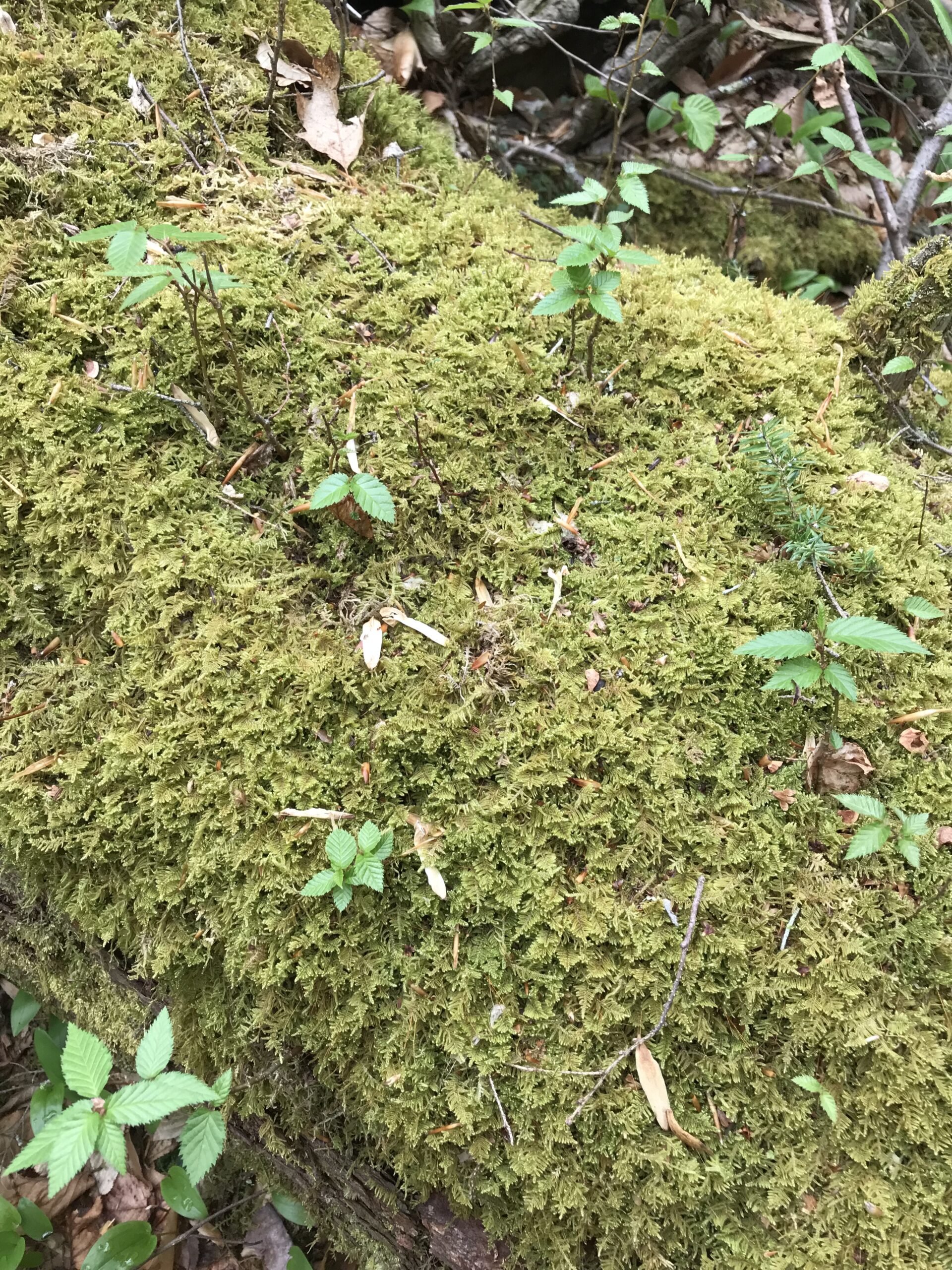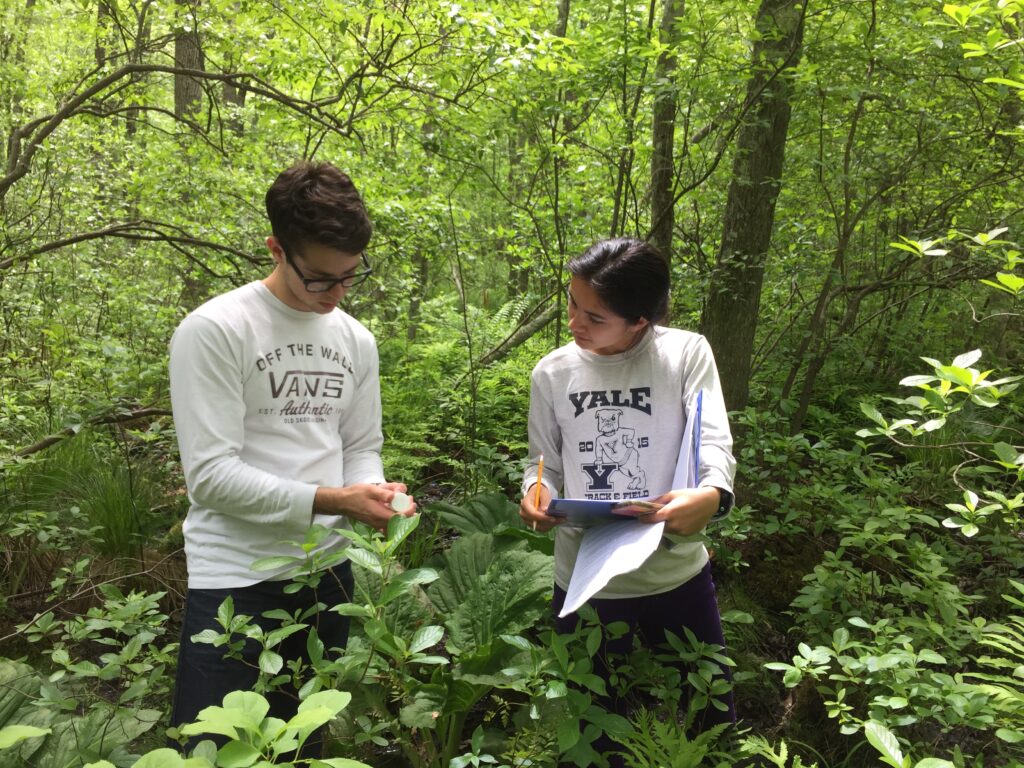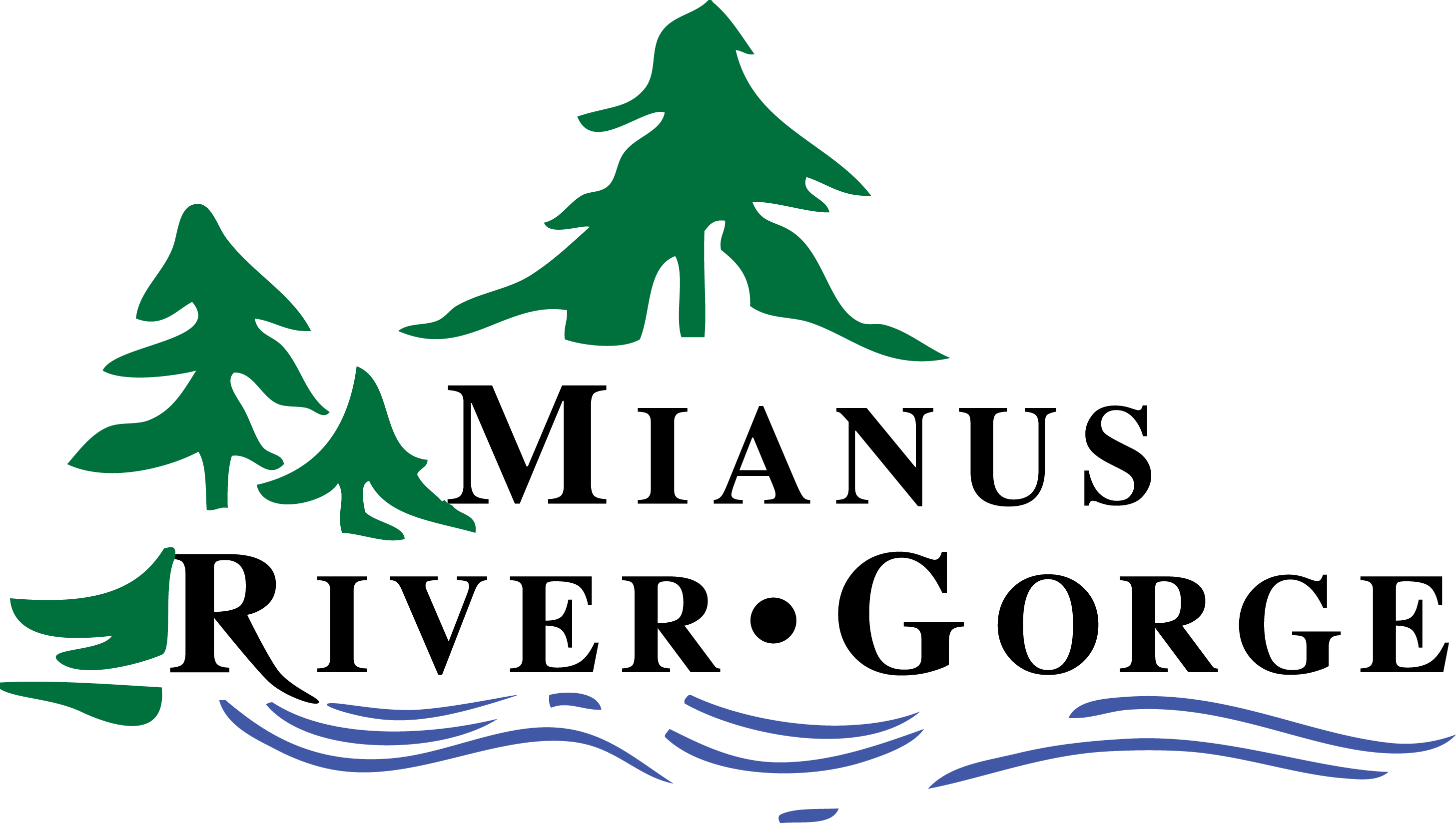
Forest Management
There are two major types of forest at the Preserve, the old-growth hemlock forest and the young, post-agricultural hardwood forests. Old-growth forests are unique elements of the ecosystem. These “virgin” forests have well-developed soils that take hundreds and thousands of years to fully develop. Such soils support unique fungal communities which in turn support rare wildflowers like orchids. We have lost nearly 90% of old-growth forest in the US since colonization making every remnant stand very special and worthy of the highest protection.

When you walk along the Preserve’s Blue Trail, you enter a young hardwood forest on our hemlock edge. It’s a pleasant woodland crisscrossed with colonial stonewalls and well-shaded with deciduous trees. What may not be apparent is that fact that it is a forest highly disturbed by human activity. These woodlands – similar to most forests in Westchester County – began growing back as farms were abandoned 70-100 years ago. They are dominated by maples, black locust, and cherry trees of even age. There is little ground cover and poor regeneration owing to heavy deer browse. Soils have often been tilled or have their nutrient cycles disturbed by centuries of livestock use or other agricultural activities. Earthworms (which are all non-native!) are in high abundance as are non-native flora such as barberry, stilt grass, and garlic mustard. Communities of fungi – many which are needed by trees such as oaks, hemlocks, and birch – have been damaged by human tilling and earthworms.
Mast trees such as oaks do not seem to do as well in these forests. Seed banks for many native wildflowers are largely depleted. Left on their own, these forests appear to be on a trajectory dominated by non-native species. Deer exclosures erected in these forests do not show the rapid recovery documented in old-growth forest.
Despite their impacted state, these young hardwood forests buffer our old-growth core from housing developments, roads, and other urban stressors. Left unmanaged, these buffer forests will continue to be a staging ground for non-native flora establishment and threaten the long-term health of our core forests. Through our research-based education programs, the Gorge is working to restore these forests and increase the diversity of the hardwood buffer through several management strategies.
Stewardship & Land Management News
Click here for a list of all previous Stewardship & Land Management News.
